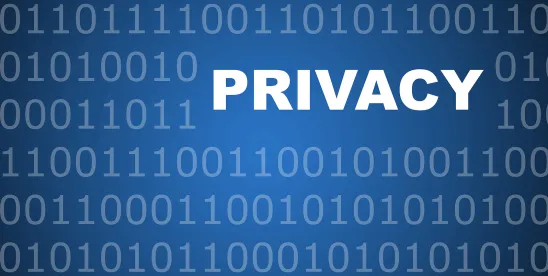Now is the time that many are putting together their 2026 budgets and considering how much to allocate next year to address the constantly evolving privacy and data security landscape. In the last article in this series we looked at three change management tools that can help effectuate privacy compliance. Here are three more, and things to consider -and potentially budget for- in the new year.
- Build Practical Roadmaps: As you create your program and goals for 2026, have actionable milestones and measurable objectives. Both will help you keep track of your progress, and help assess the extent to which the initiative has been successful. There are many change management tools -like balanced scorecards- that can help with alignment and tracking.
- Appreciate Individual Impacts and Readiness: When designing training or developing employee compliance requirements, remember that everyone has a different experience with change. How do people in a given group learn best? It might be through in-person and interactive sessions, or an online, gamified approach. What will the impact be on a given compliance requirement? If it makes it more difficult to do one’s job duties -or have a perception of difficulty, there may be more resistance. Surveys and check-ins can provide valuable insight into potential challenges.
- Identify and Work With Key Stakeholders: Identify who holds formal and informal influence within the organization. These are the individuals on whom the success of your compliance initiative often rests. Understanding the extent to which they are committed to your compliance vision – and developing a roadmap to get their buy-in if there are not – can have an outsized impact on your success.
Putting It Into Practice: As you develop your privacy and data security compliance budget for 2026, keeping in mind these tips for what makes for a successful change management process can help you identify what activities you want to budget for in the new year.



 />i
/>i
